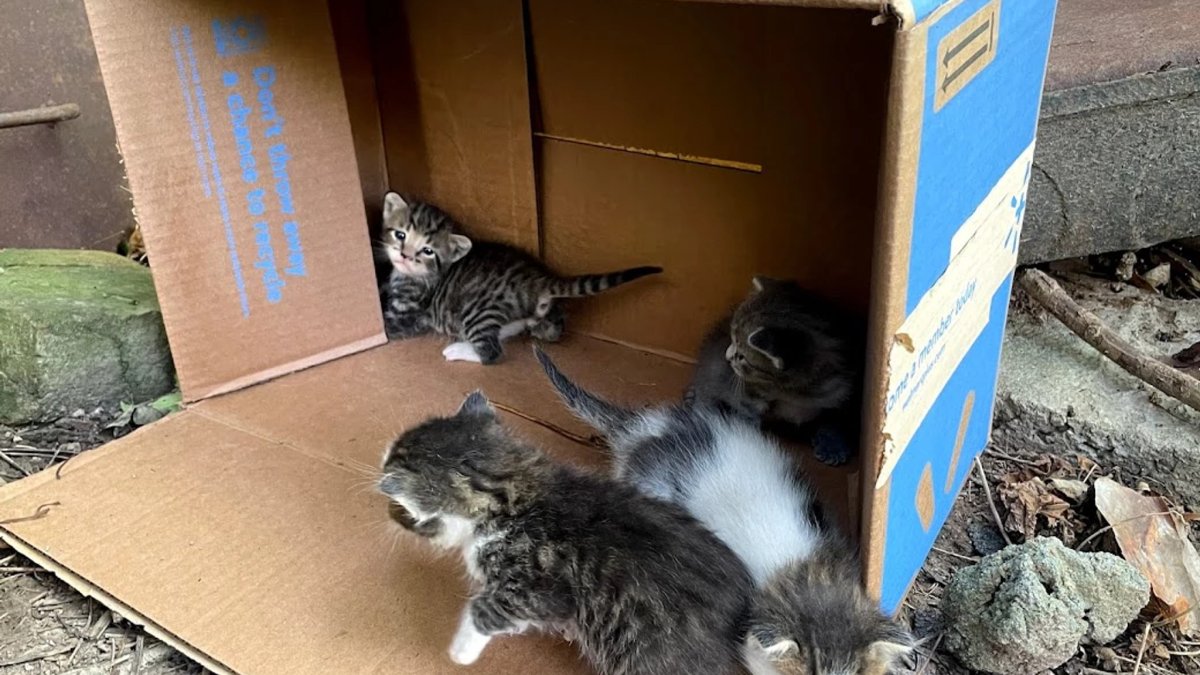As Thursday marks National Kitten Day, Angelenos are encouraged to avoid taking cats they find outdoors to shelters.
The monthly intake of cats in shelters is over two times higher in summer months compared to winter months, according to data from animal advocacy group Best Friends Animal Society.

Best Friends Animal Society
Best Friends Animal Society
Dottie’s kittens.
In June, Los Angeles Animal Services’ shelters were operating at over capacity, with more than 1,500 animals in the city’s six shelters, including 567 cats.
Last June, the department reported a cat intake of 1,392, a 13% intake compared to the year before. A month later in July 2024, the shelter took in just over 1,200 cats.
Summer overlaps with “kitten season,” a period from around April through November when most unspayed cats give birth, Best Friends said.
If a litter is found without a mother cat, the organization reminds people to not assume they’ve been abandoned and to avoid moving them unless in immediate danger.
Here are some tips to keep kittens safe and avoid overcrowding shelters:
- Kittens are more likely to survive with their mother, so avoid moving the litter unless there is immediate danger.
- If the litter must be moved, keep the kittens near the original site to ensure their mother can find them.
- Around two months old, it is safe to trap the kittens with the mother cat.
- Kittens can be spayed, neutered and vaccinated at eight weeks.
- Not all cats seen outdoors are lost. Look out for community cats, especially if they have an “ear tip” which designates if they’ve been neutered or spayed.

Best Friends Animal Society
Best Friends Animal Society
One of Dottie’s kittens.
For kitten spay and neuter resources in Los Angeles, residents can visit the LA Animal Care and Control’s website.
